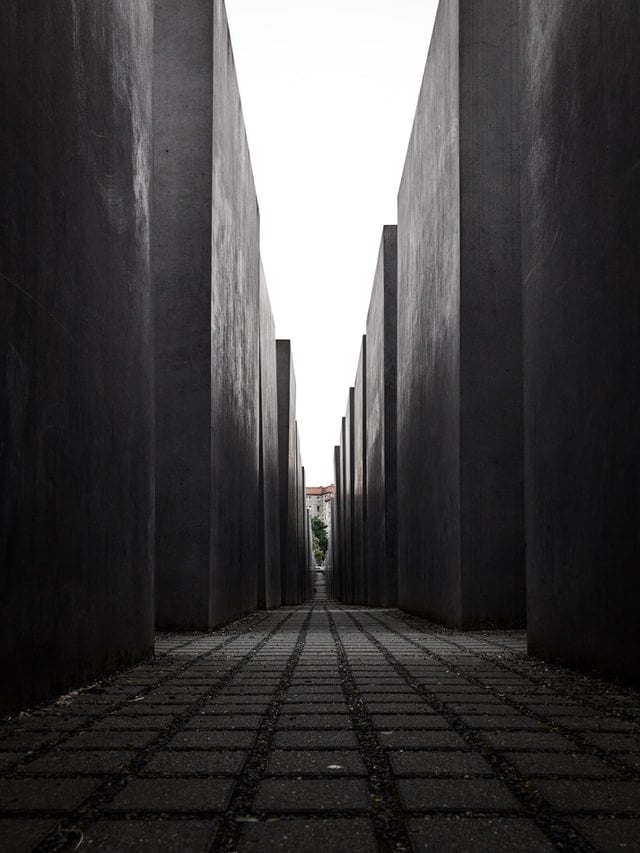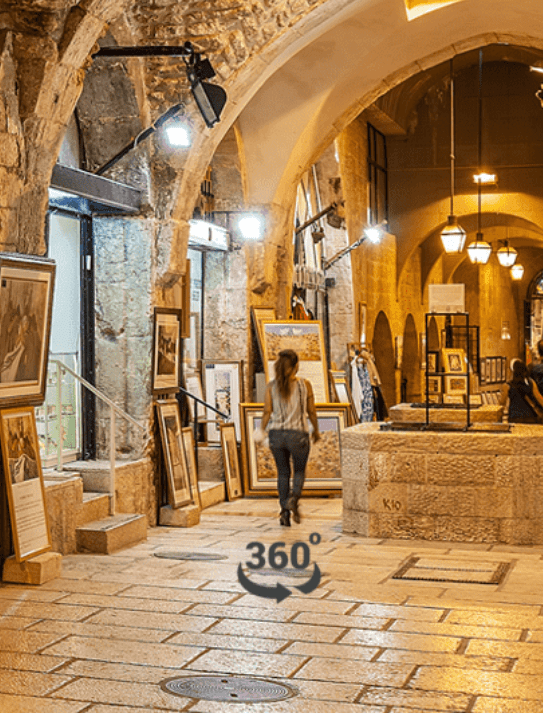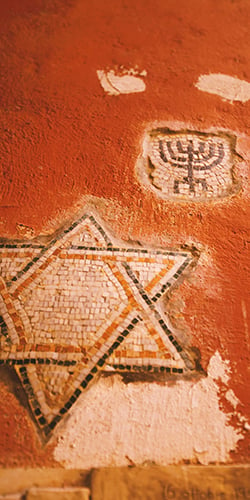400 Years of Jewish Culture in Copenhagen, Denmark
The 25th of November 1622 the danish king Christian IV (1588-1648) invited “Jews of the Portuguese Nation” to settle in Denmark. In many ways this became the beginning of 400 years of Jewish history in Denmark. The first congregations arose in the cities of Glückstadt and Altona. From here Fredericia and Copenhagen became the gateway to Denmark. A diverse Jewish life arose across the country from these cities.
















